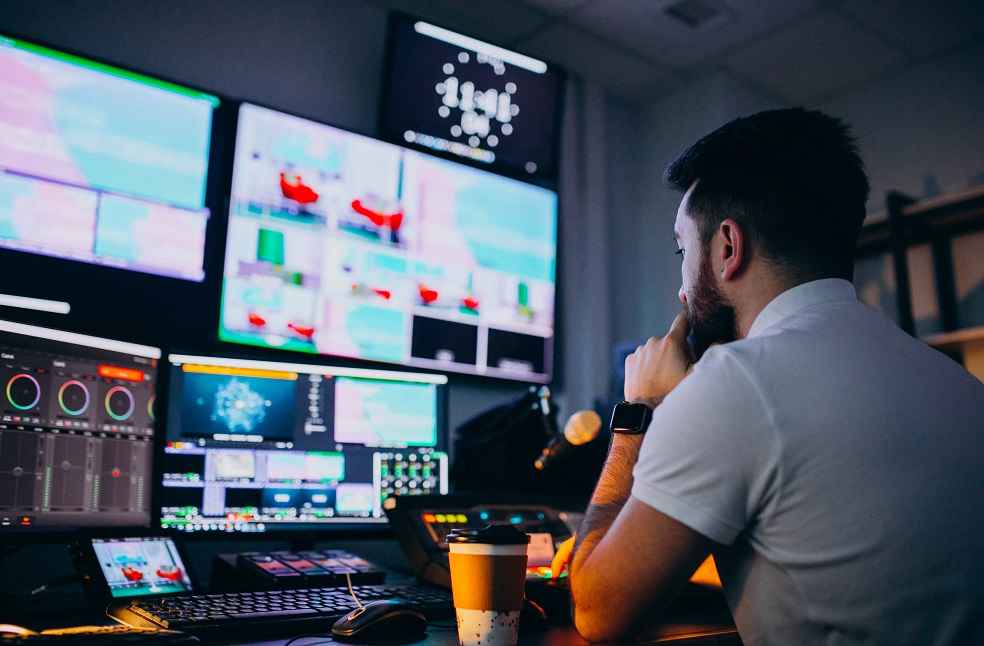Artificial intelligence (AI) is revolutionizing content creation, distribution, and consumption in newsrooms around the globe. The “Creative Economy Outlook 2024” report, released by the United Nations Conference on Trade and Development (UNCTAD), highlights the innovative ways AI is reshaping the media landscape.
Key Findings from the UNCTAD Report
- AI Integration in Newsrooms:
- Over 41% of news teams use AI to create illustrative art.
- 39% employ AI for social media content.
- 38% rely on AI for writing and generating articles.
- Impact: This adoption underscores AI’s transformative potential in enhancing journalistic workflows and expanding creative possibilities.
- Diverse Applications of AI:
- AI generates scripts, movies, music, images, captions, animations, and virtual reality content.
- Improves post-production workflows.
- Analyzes user data for more targeted and engaging content.
- Impact: AI’s influence extends beyond traditional news media, touching various aspects of content creation and distribution.

- Opportunities and Challenges:
- Opportunities: AI and digitalization offer unprecedented growth and efficiency.
- Challenges: Issues include the digital divide, job shifts, quality control, privacy, consumer protection, copyright, and market monopolization.
- Policy Recommendations: Policymakers need to monitor technological developments closely and update policy and regulatory frameworks. Stronger international cooperation is essential to support technological development and create robust regulatory designs that ensure equitable growth.
- Market Concentration and Monopolization:
- In the U.S., the top five publishers control approximately 80% of the book market.
- Six movie studios account for nearly 90% of box office ticket sales.
- In 2021, three companies dominated 59% of the global streaming music subscription market.
- Impact: Such monopolization poses challenges to competition and diversity within the creative economy.
- Promoting a Diverse and Vibrant Creative Economy:
- Effective policies in some countries have successfully nurtured thriving creative sectors by protecting intellectual property and ensuring competitive markets.
- Impact: These policies serve as models for others aiming to balance innovation with fair competition and cultural diversity.

As AI continues to reshape the media and creative industries, stakeholders must navigate the evolving landscape with foresight and responsibility. By embracing AI’s potential while addressing its challenges, a dynamic and inclusive creative economy that benefits all can be achieved.
For more detailed insights, the full “Creative Economy Outlook 2024” report by UNCTAD is available for review, offering a comprehensive analysis of AI’s impact on the creative economy and policy recommendations for the future.
MOST READ | US bans Kaspersky software over alleged Russian ties



